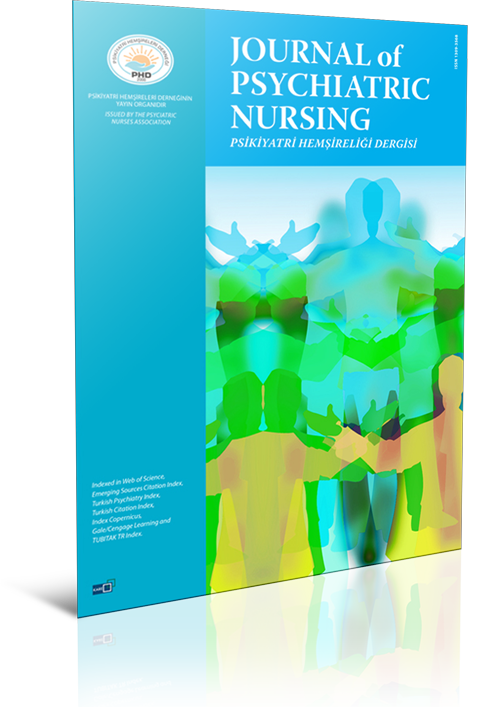
Municipal workers mental health during the COVID-19 pandemic
Hatice İkiışık, Güven Turan, Feyza Kutay Yılmaz, Merve Kırlangıç, Işıl MaralDepartment of Public Health, İstanbul Medeniyet University Faculty of Medicine, İstanbul, TurkeyINTRODUCTION: The ongoing coronavirus 2019 (COVID-19) outbreak has a documented, continuing, adverse effect on mental health. The aim of this study was to evaluate aspects of the mental health of municipal employees who, like healthcare professionals, provide necessary services and have to work despite pandemic conditions.
METHODS: A cross-sectional study was carried out in June 2020 with Istanbul district municipality employees who continued to work during the initial pandemic period of March-May 2020. The data were collected using a sociodemographic questionnaire, the Generalized Anxiety Disorder-7 item scale (GAD-7) and the Patient Health Questionnaire-9 (PHQ-9) scale via online survey.
RESULTS: The average age of the 775 participants was 40.2±8.0 years and 75.7% of the group was male. Generalized anxiety disorder (GAD) was observed in 18.5% of the participants, and moderate-severe depression was recorded in 16.1%. Binary logistic regression analysis revealed a greater risk for depression and GAD, respectively, among those in the 30-39 age group (odds ratio [OR]: 2.53, 95% confidence interval [CI]: 1.10-5.79, p=0.027; OR: 1.72, 95% CI: 1.07-2.78, p=0.025), interacting with ≥20 people a day at work (OR: 2.73, 95% CI: 1.30-5.74, p=0.008; OR: 2.72, 95% CI: 1.32-5.60, p=.006). In addition, female participants (OR: 1.75, 95% CI: 1.07-2.86, p=0.026) and those with a shortened work schedule (OR: 2.29, 95% CI: 1.43-3.68, p=0.001) were at greater risk for anxiety, and those who had shift work (OR: 2.08, 95% CI: 1.21-3.56, p=0.007) were at greater risk for depression.
DISCUSSION AND CONCLUSION: Among the municipal employees studied, women, those under the age of 40, those who worked a shorter schedule or alternating shifts, those who considered the physical workload to be heavy, those who interacted with the public during the course of their work, those who had a diagnosis of COVID-19 in their immediate circle, and those who had been in contact with someone diagnosed with COVID-19 were at risk for GAD and depression. A multi-sectoral approach is required for successful epidemic control. Continuity of community mental health services that include primary, secondary, and tertiary protection should be ensured, employees at risk should be identified, and appropriate support provided for psychological treatment.
Manuscript Language: English


















